Last updated: October 6, 2021
Article
Piping Plovers On The Move
A Flurry Of Activity Early In The 2019 Nesting Season
Piping plovers spent time exploring the park early last spring looking for suitable nesting sites. Birds were reported on Cat and Michigan Islands at first but they ended up nesting on Long, Stockton, and Outer Islands. This species started nesting on Long Island in the mid-1970s, with the greatest number of chicks hatched and fledged between 2006 and 2015 (between 5 and 17). However, high water levels and more storm events in recent years have reduced the width of the beach nesting habitat on Long Island, likely prompting the early exploration this last year.
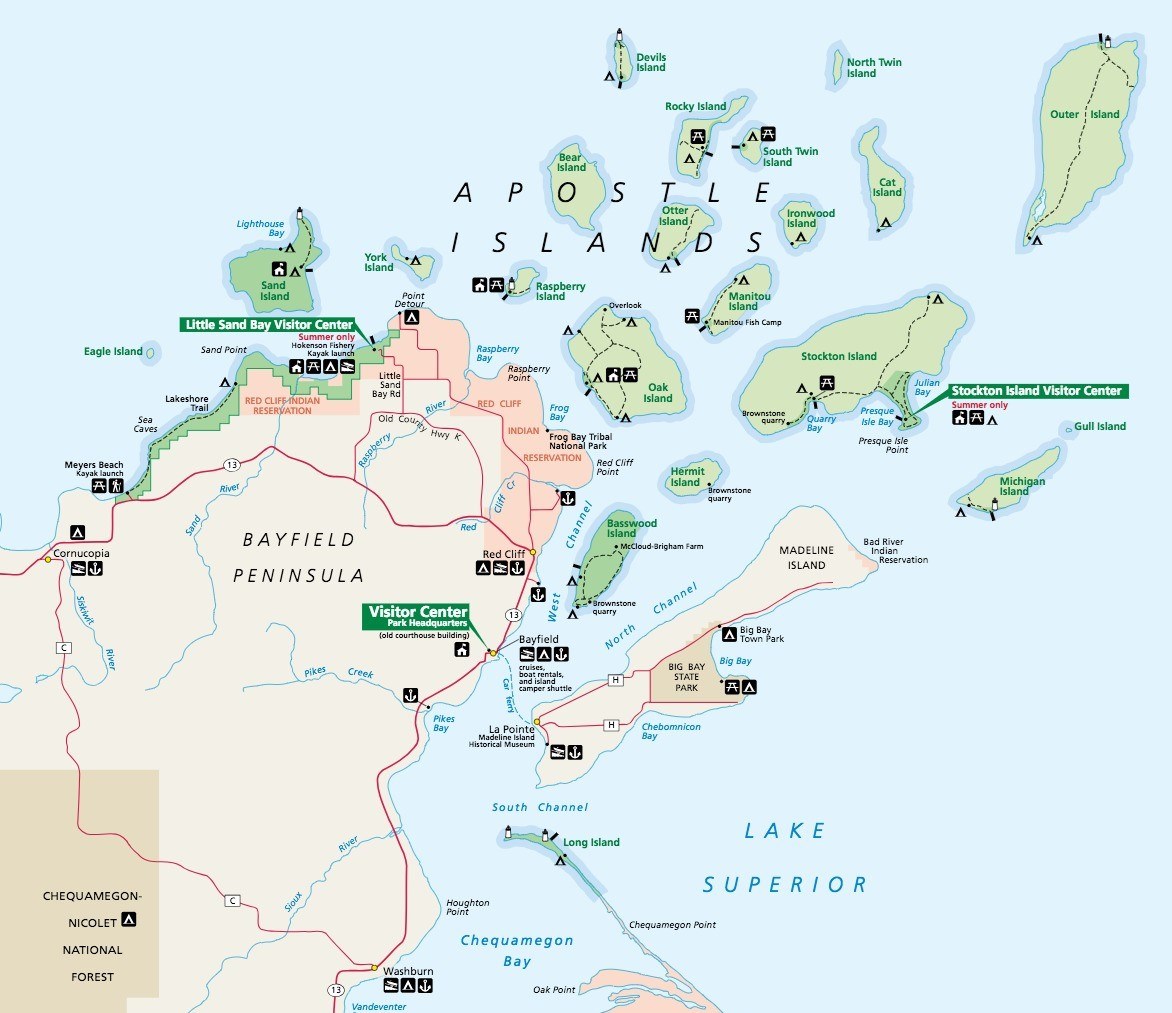
[NPS Photo]
Outer Island
This is the second year piping plovers nested on Outer Island (to our knowledge) and they chose a spot on the west side of the sandspit, just south of the lagoon.
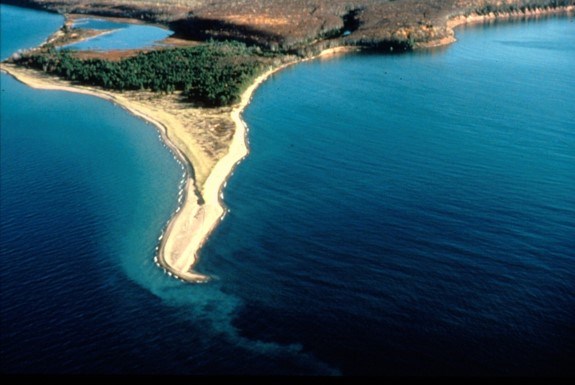
[NPS Photo]
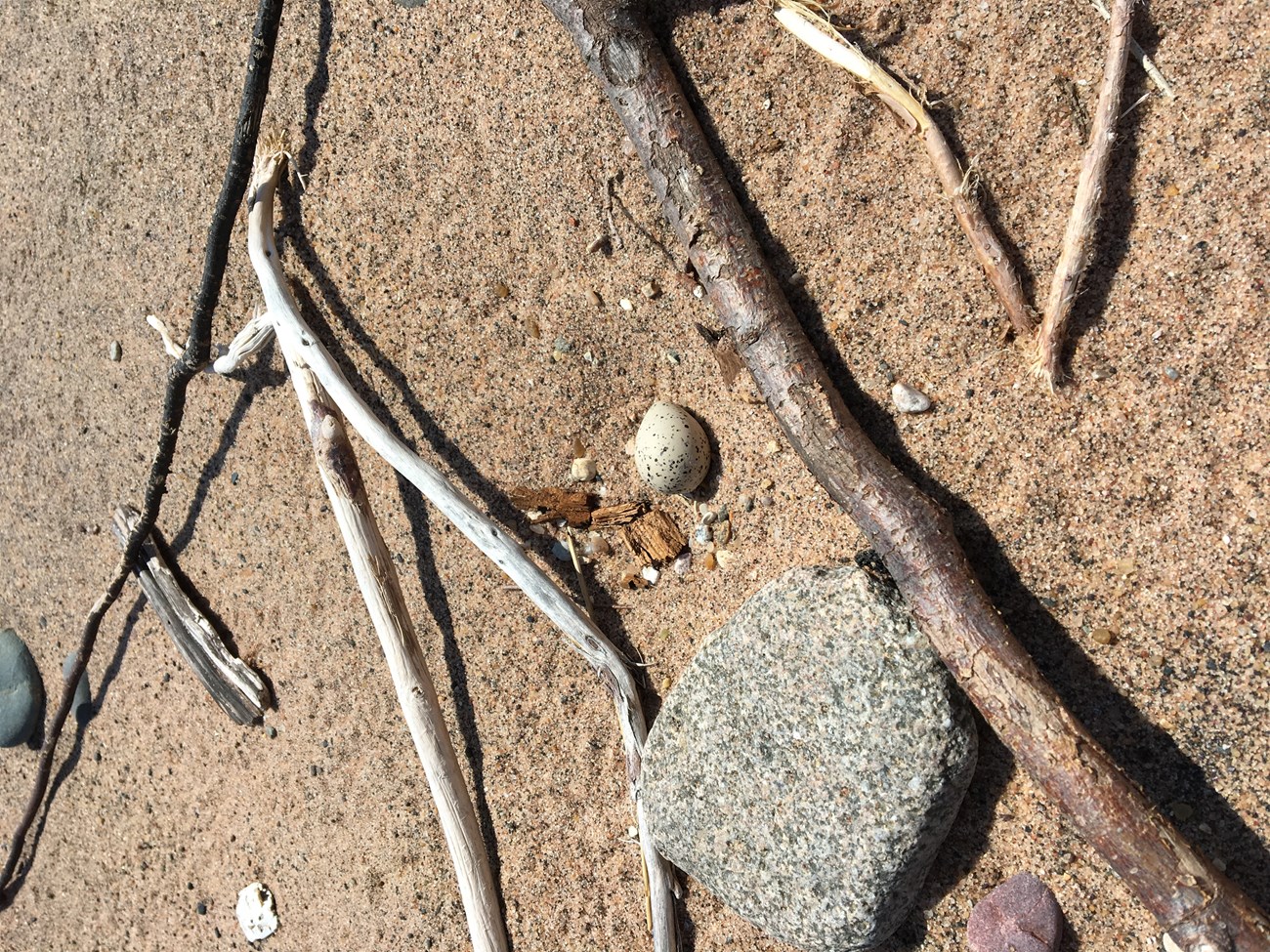
[NPS Photo]
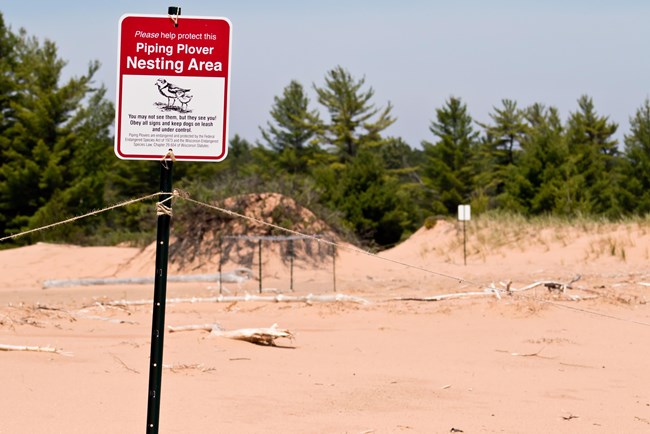
[NPS Photo}
Stockton Island
At the beginning of June this last summer, park staff were at Stockton Island, Julian Bay and heard piping plovers uttering their distinctive "peep-lo" call. A quick search revealed a nest with 3 eggs. Park staff closed a small area and placed a wire mesh exclosure over the nest to protect the eggs from predators and human disturbance.
Adult plovers readily re-enter these exclosures within minutes of set-up and continue incubation.
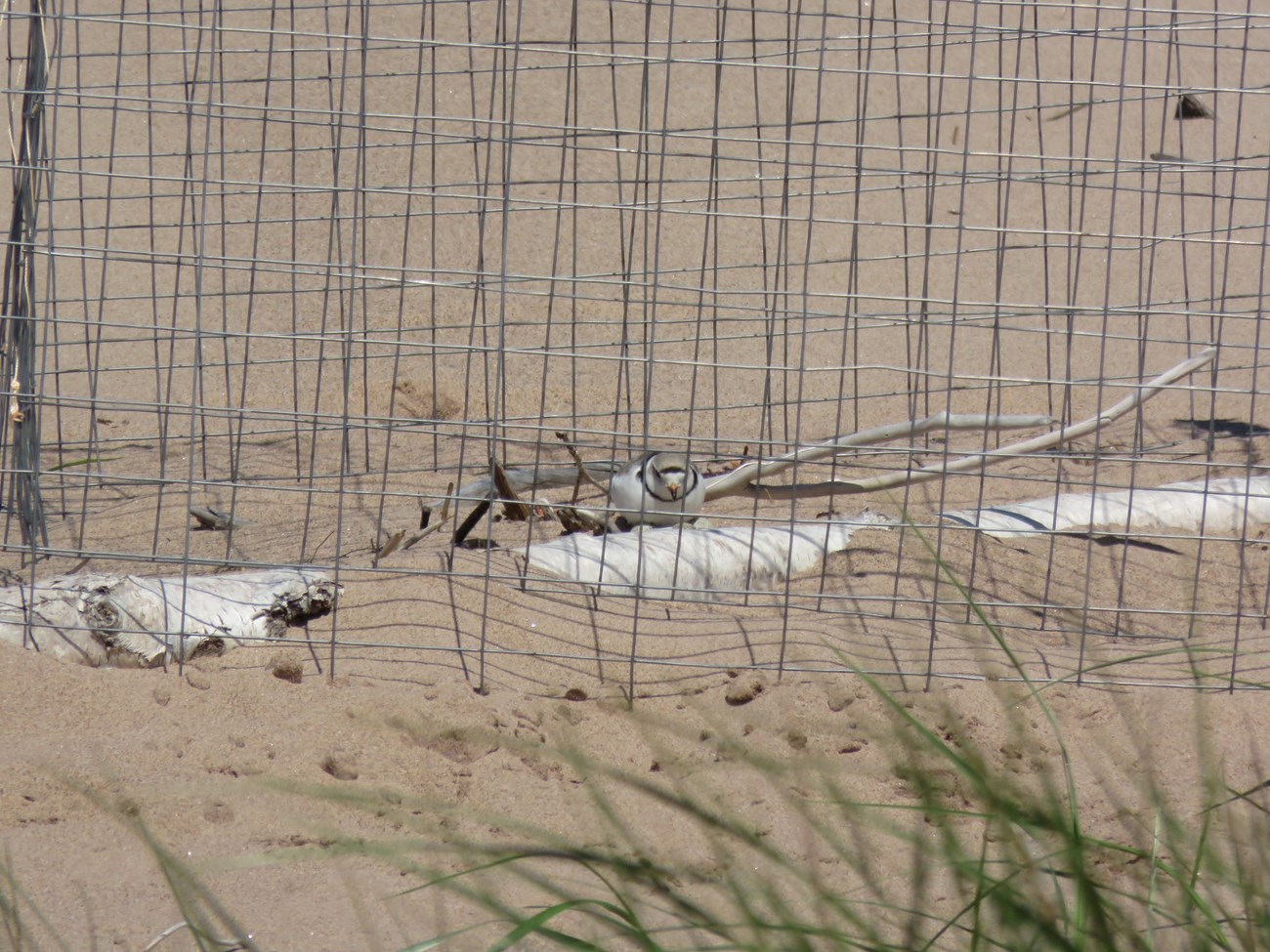
[NPS Photo]
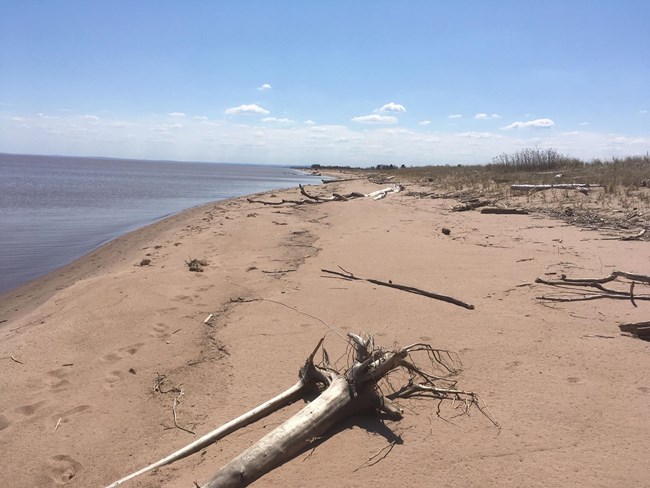
[NPS Photo]
Long Island
At the beginning of the 2019 season three pairs of adults set up nests in the traditional nesting area on this island. One nest was quickly abandoned and a second nest had 4 eggs that hatched. Unfortunately, the adult male and one chick disappeared from this nest. Females often start their southern migration within a week of eggs hatching and males tend to the young during this last stage. However the female on this nest ended up staying until the three remaining chicks fledged.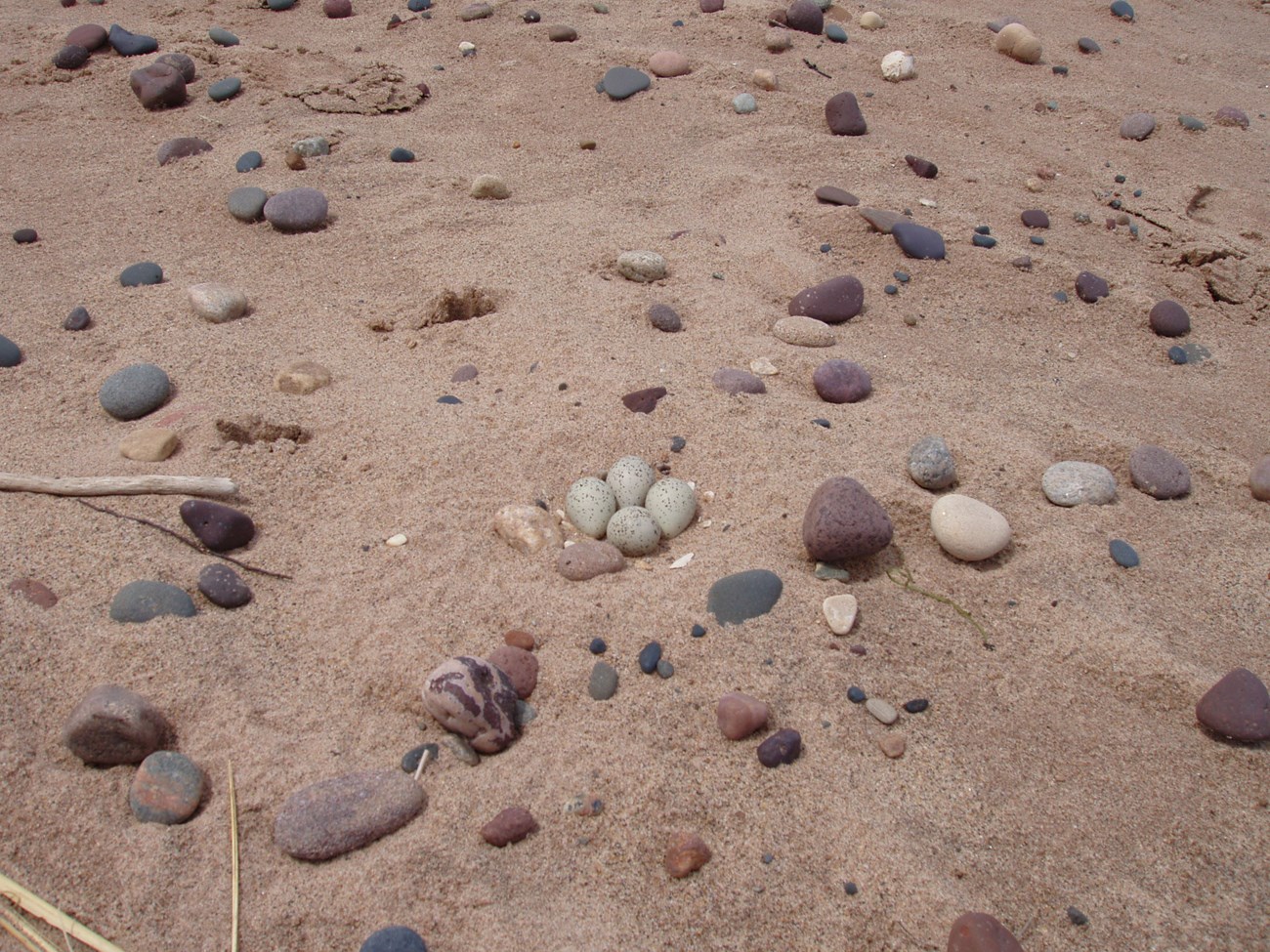
[NPS Photo]
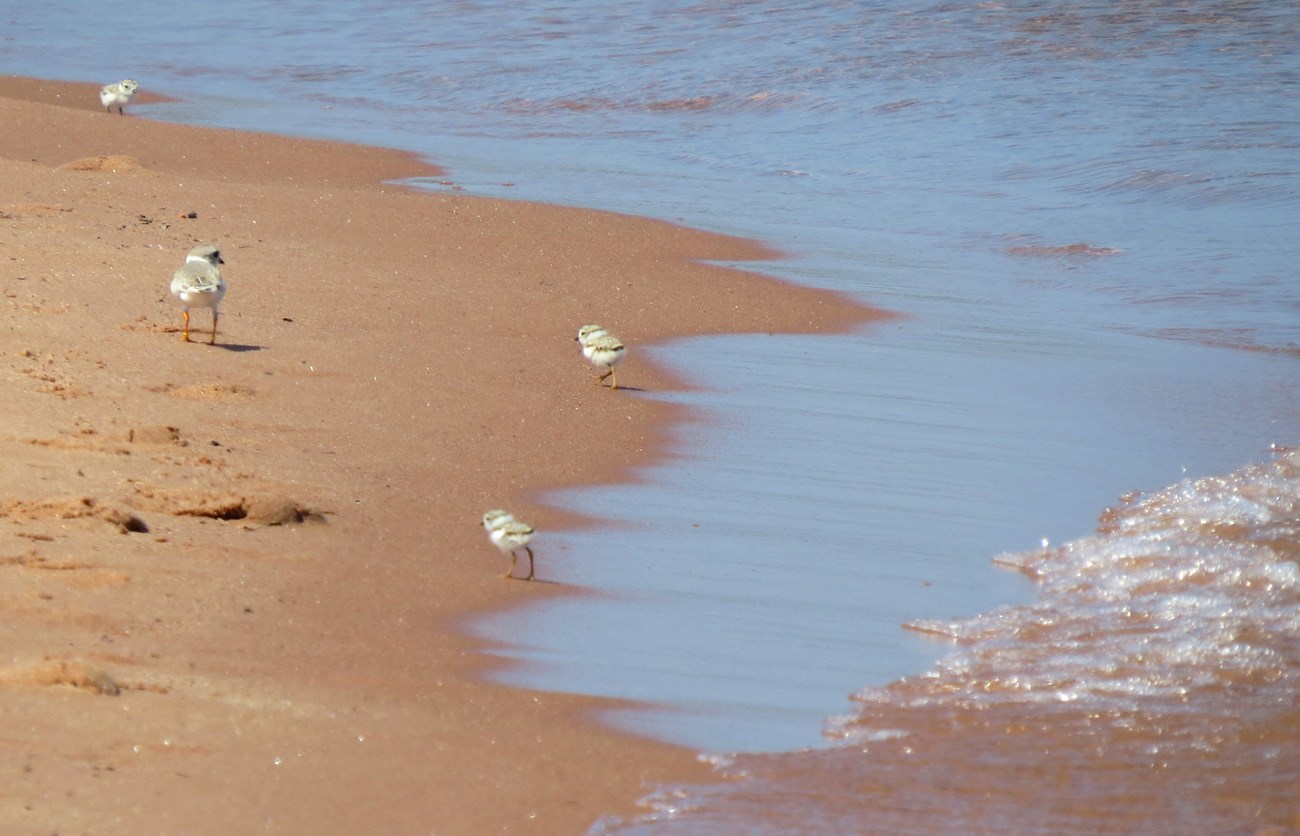
[NPS Photo/Anne Geraghty]
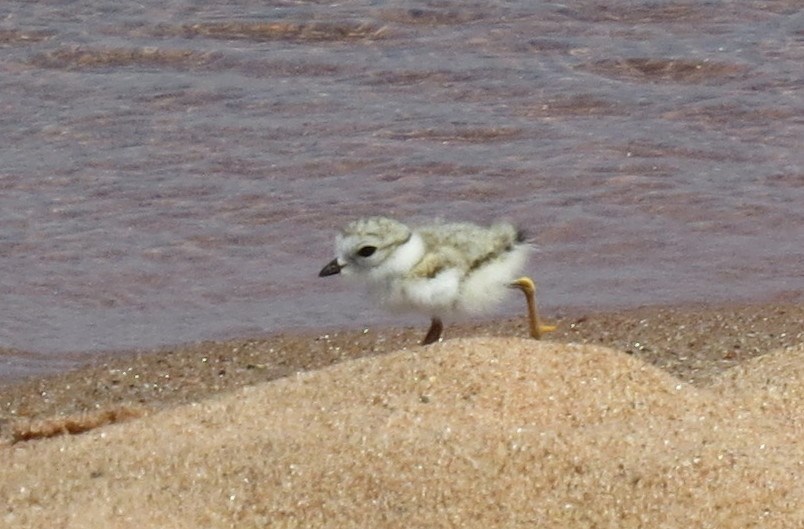
[NPS Photo/Anne Geraghty]
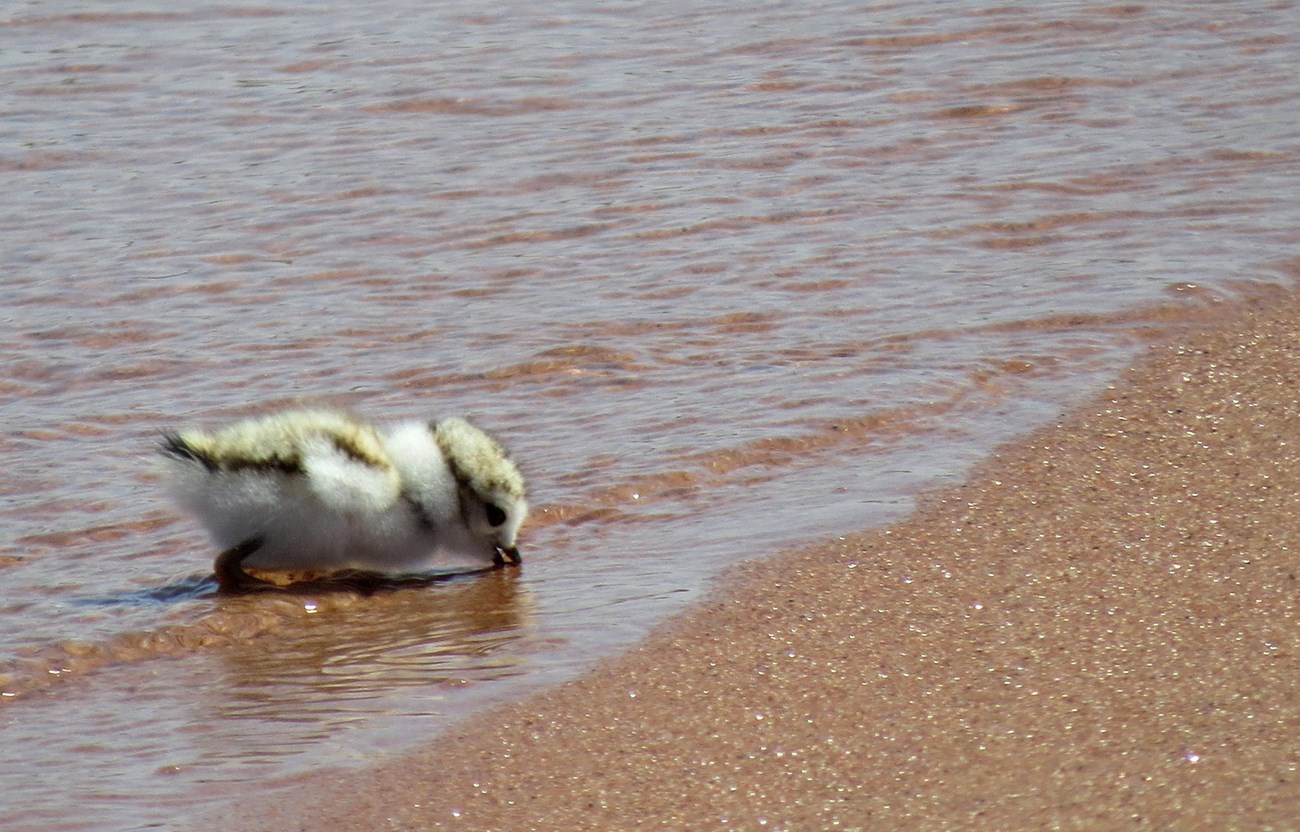
[NPS Photo/Anne Geraghty]
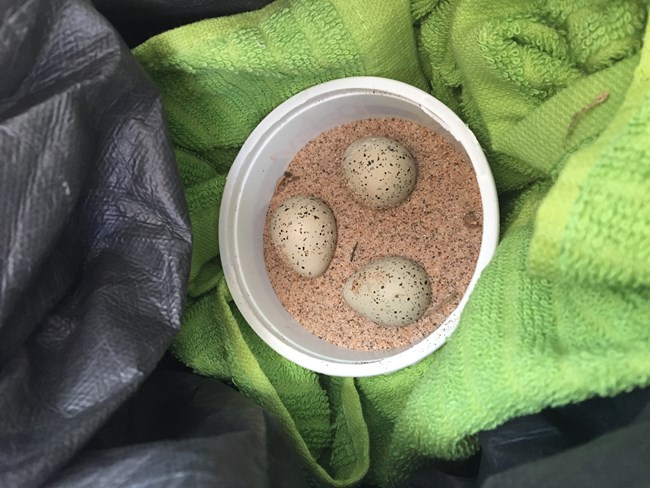
[NPS Photo/Peggy Burkman]
Three eggs were laid in the third nest. On June 24, a piping plover monitor watching the nest realized that adults had abandoned it. After consulting with park staff she collected the eggs and placed them in a portable incubator for transport off the island. Park staff met the boat, transported the incubator to the Upper Peninsula and passed it off to other Great Lakes Piping Plover staff who finally delivered to the Captive Rearing Station in Pellston, Michigan (see link below). The three chicks were raised and later released with other chicks of the same age at Whitefish Point in the Upper Peninsula on August 6th.
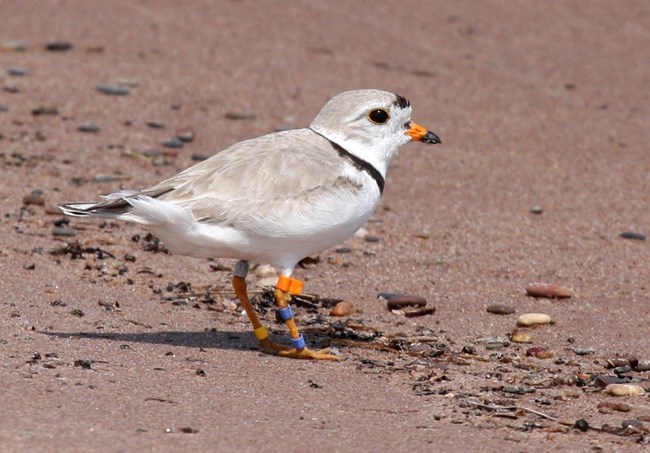
[Photo/Ryan Brady]
Banding Day
On July 15th park staff banded chicks on all three islands. Four were banded on Long Island, three on Stockton Island, and two on Outer Island. Banding involves placing a single metal band and colored plastic bands on the upper and lower legs. The bands identify individuals and where they hatched.There are several benefits of banding. It is easier to get more accurate population counts, and to understand if and how birds are moving between various Great Lakes nesting grounds. This information is then used to determine how genetically diverse the population is, which is important to their long term survival.
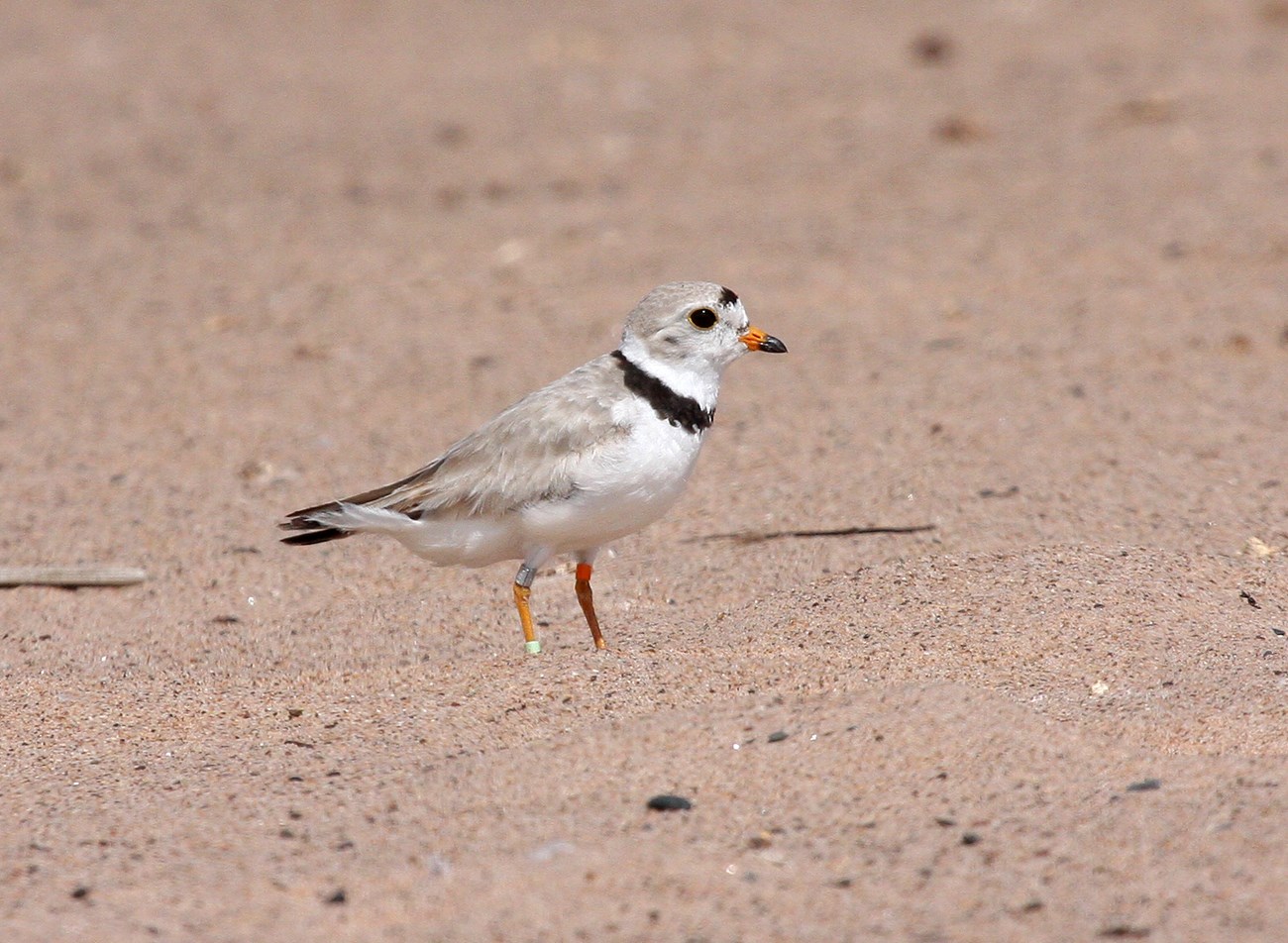
[Photo/Ryan Brady]
Adult Birds
The Piping Plovers that use the park are part of the Endangered Great Lakes population. They are rare because of habitat loss from commercial, residential, and recreational development, natural predators, and nest disturbance from people. The Latin name for piping plovers is Charadrius melodus. Melodus is a refers to 'melody' like the "peep-lo" sound they make. Click on the website below to hear adult birds.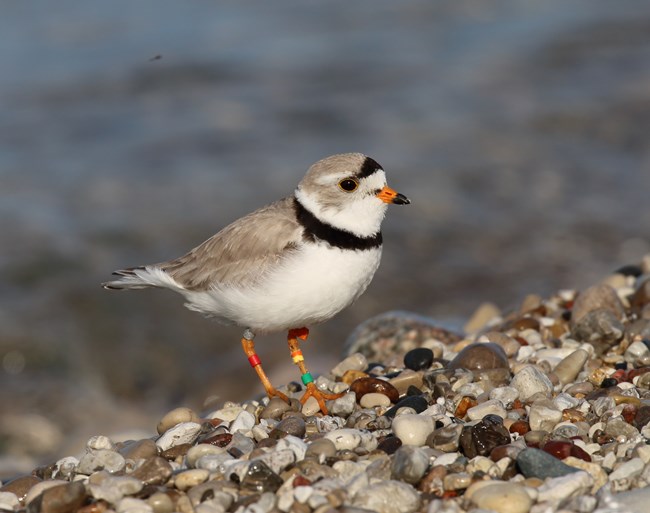
[NPS Photo]
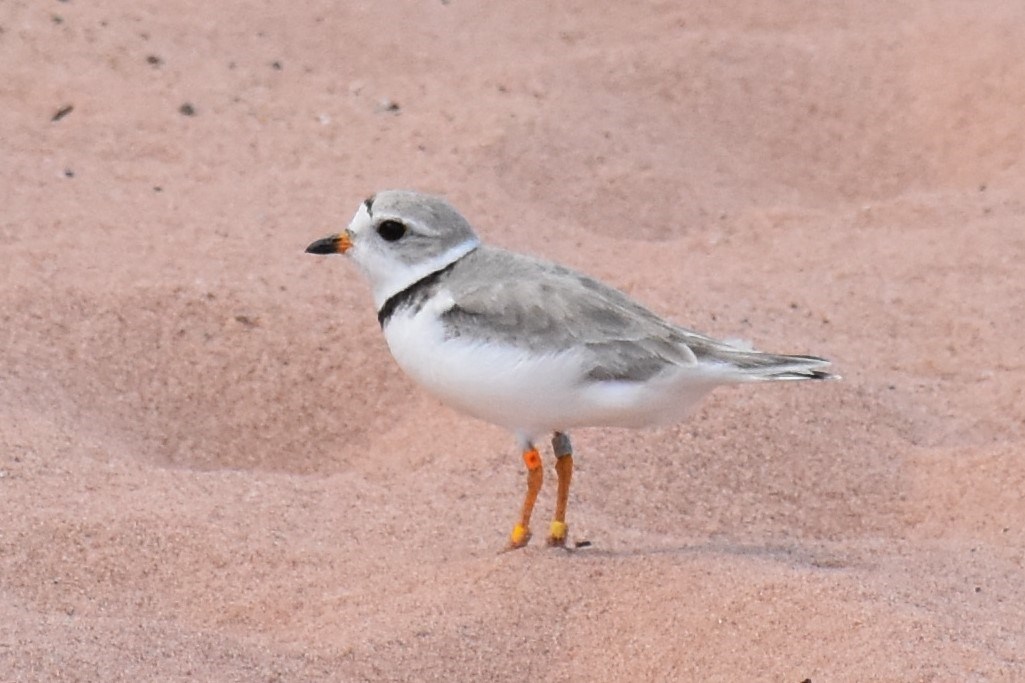
[NPS Photo/Alice Ahlfield]
Plover Management
Piping plover management is accomplished in collaboration with the Bad River Band of the Lake Superior Tribe of Chippewa Indians, U.S. Fish and Wildlife Service, Wisconsin Department of Natural Resources, The Nature Conservancy and Johnson family, and University of Minnesota researchers. The Great Lakes Restoration Initiative has provided financial support for this project in recent years.What You Can Do to Help
• Stay away from nesting enclosures. Walk close to the water when nesting sites are observed. Keep your distance and obey all closed area postings.• Always keep dogs on a 6-foot non-retractable leash. Dogs can chase nesting plovers resulting in nest abandonment.
• Leave lake vegetation and driftwood on beaches. These provide food and shelter for plover chicks.
• Learn more about piping plovers. Visit GreatLakesPipingPlover.org for more information.
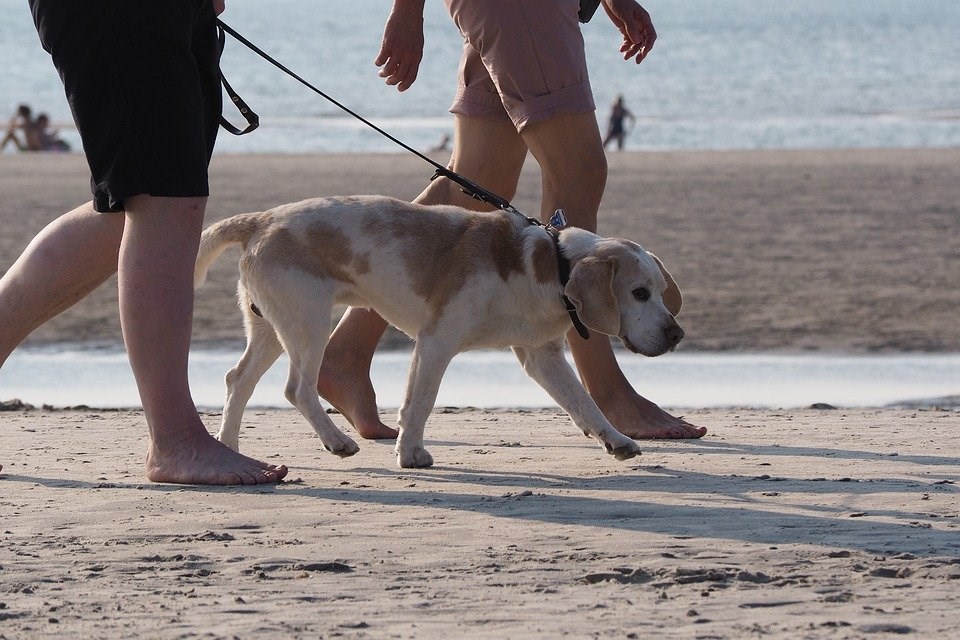
[NPS Photo]
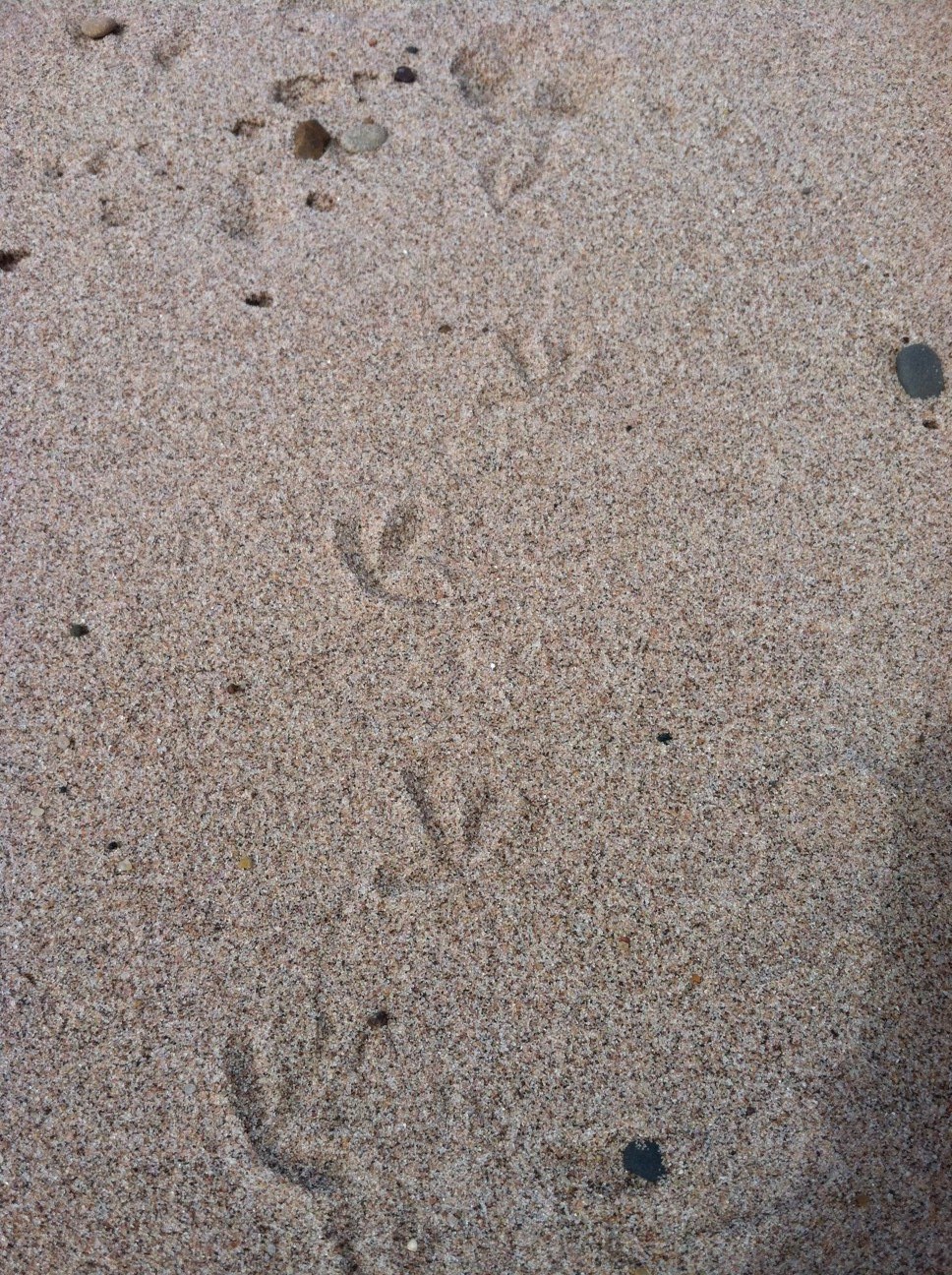
[NPS Photo]
